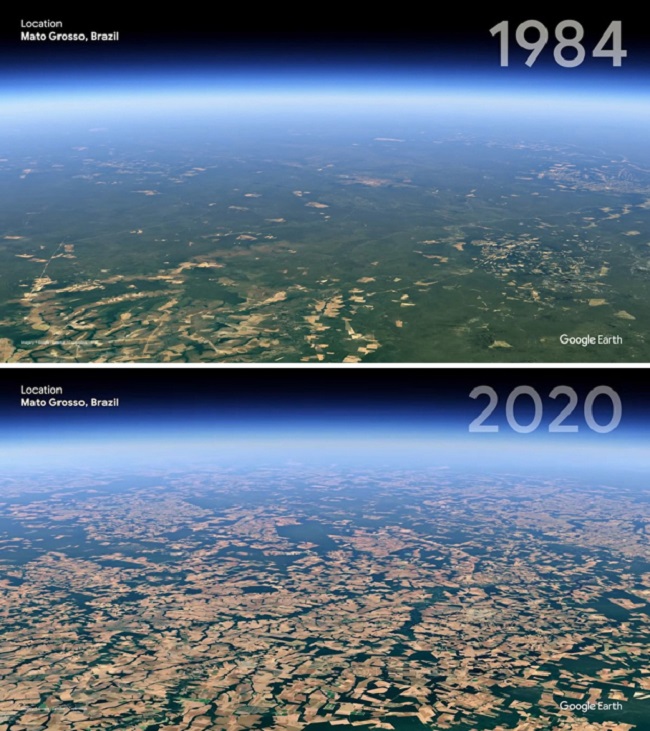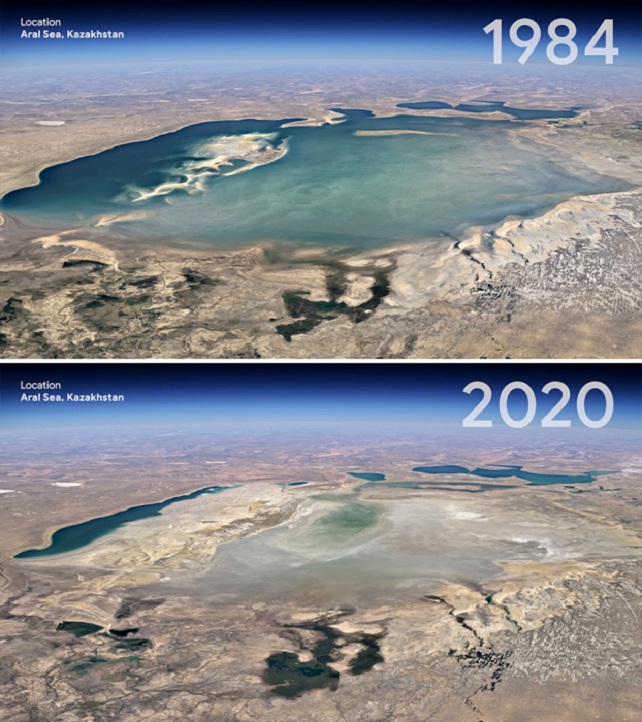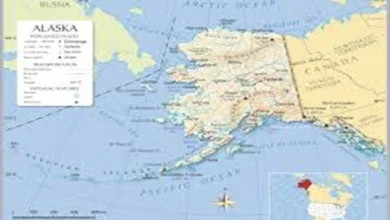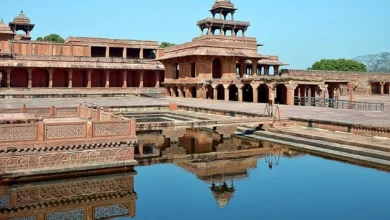How our planet has changed from 1984 and 2020 [Photos]
![How our planet has changed from 1984 and 2020 [Photos]](https://afrinik.com/wp-content/uploads/2021/05/landscape-4684217_1280-780x470.jpg)
Change is a natural part of life, both in the everyday and in the planetary sense. However, we all want such changes to be positive, and not vice versa.
Alas, the compilation prepared by Google Earth reminds us that humanity still has a long, very long way to go to compensate for all the harm that we humans have done to our planet. However, seeing all these changes with your own eyes, you begin to doubt whether it will be possible to fix something at all.
A series of videos have been published on YouTube that shows how much the oceans, forests, glaciers, beaches, and cities on Earth have changed from 1984 to 2020. This is shocking.
Mato Grosso, Brazil

The state of Mato Grosso in Brazil has always been famous for its savannas and rainforests. There is a large part of the Pantanal reserve on its territory, the flora and fauna of which is unique and characteristic only for this region. Alas, in recent years, Mato Grosso has experienced major environmental problems: forests are being cut down here, and severe fires occur.
According to scientists, between 2004 and 2011, the loss of habitat in Mato Grosso was 0.76% annually. WWF has listed this ecoregion as “vulnerable”.
In the fall of last year, violent forest fires occurred in Brazil. The outbreaks were also recorded in the natural park of the state of Mato Grosso: the flame consumed the forests at great speed. The fire destroyed about 50% more forest in the Brazilian Amazon than a similar fire in 2019.
Columbia Glacier in Alaska, USA

Colombia is one of the largest and most powerful glaciers on Earth. However, for some time now, it has been rapidly melting, losing two cubic miles annually. As a result of this process, the ocean receives as much freshwater as one American state consumes in a year. The Columbia Glacier has been receding since the early 1980s and is considered one of the fastest in this regard.
Shanghai, China

Shanghai is the largest industrial center of the Middle Kingdom, which, as you know, is commonly called the economic capital of China. In this gas-polluted, densely populated city, there are about 13 thousand enterprises that produce about 7% of all industrial production in the PRC. Since 1949, the scale of the industrial output began to grow in the city. And for some time, Shanghai has been cleaned up by the country’s largest chemical industry center. Its enterprises produce mineral fertilizers, chemical fibers, pharmaceuticals.
Greenland ice

Once cold, ice-covered Greenland is becoming less icy. In recent years, each summer in these Arctic regions is longer than the previous one; the melted ice cover does not have time to recover during the winter fully. And if most of the population of our planet does not particularly feel the results of global warming, then the Greenlanders see it clearly.
Azimo-Andreefana, Madagascar

Today in Madagascar, there are serious environmental problems, the main one: the rapid loss of forests. This is most eloquently seen in the example of the Azimo-Andrefana region. The reasons are slash and burn agriculture, soil erosion and degradation, an increase in the volume of garbage, and a lack of knowledge of the local population on handling waste properly.
Local forests suffer from deforestation and their inhabitants – from poaching. Due to environmental problems, many species of flora and fauna are under threat of extinction. Forests that once abundantly covered a third of the island are now either degenerated, shattered, or transformed into islands of shrubbery. Residents actively cut down trees to get charcoal to heat their homes and cook food via firewood.
Province of Sara, Bolivia

From 1990 to 2000, Bolivia lost an average of 173,994 hectares of forest annually, and from 2000 to 2010 – 243,120 hectares annually. Local forests and overgrazing of livestock, intensive mining, and transport infrastructure development are contributing to the loss. In 1984, the province of Sara in Bolivia looked like a green area covered with forest. Now it is built up with houses, plowed up: the picture shows that little is left of the former forests.
Aral Sea, Kazakhstan

Today the Aral Sea was only 10% of its size 60 years ago. Recall that the reduction in the area of the sea occurred due to the fact that a large-scale agricultural irrigation project was carried out here, associated with the development of the cotton industry in these regions. They began to take water from the large rivers that fed the Aral Sea. The fish began to ache, the sea gradually became shallower.




